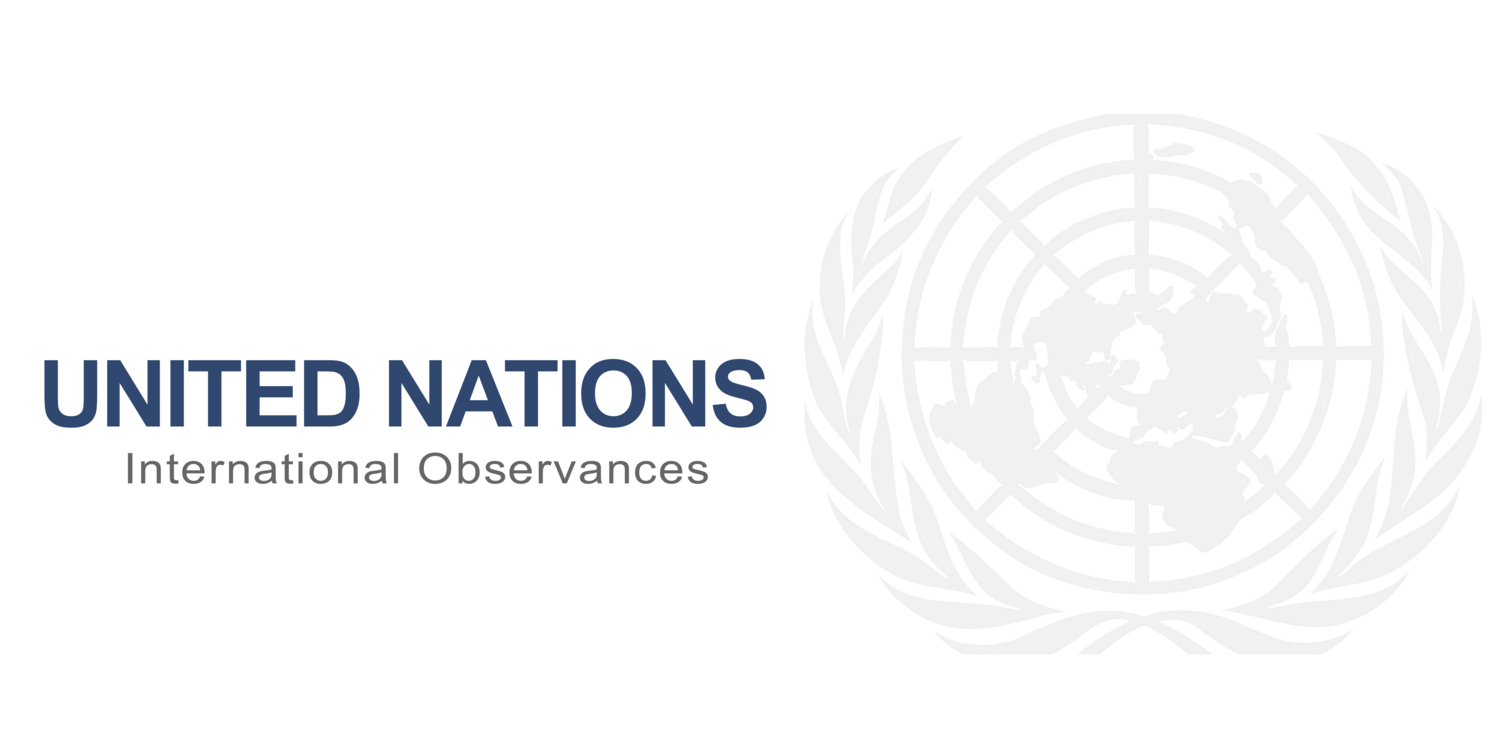PURPOSE: The United Nations declared 21 June as International Day of the celebration of the Solstice. The term Solstice comes from the Latin words sol (sun) and sistere (to stand still). A solstice is when either of the earth's poles reaches its maximum tilt away from the sun. The solstices, together with the equinoxes, are connected with seasons, harvists and livelihood. Therefore, many cultures celebrate various combinations of the solstices, the equinoxes, and the midpoints between them, leading to various holidays arising around these events. Mindful that the solstices and equinoxes symbolize the fertility of the land, agricultural and food production systems, cultural heritage and their millenary traditions; the General Assembly of the United Nations acknowledged that the celebration of those events is an embodiment of the unity of the cultural heritage and centuries-long traditions. The solstice as the embodiment of the unity of cultural heritage and centuries-long traditions.
FORUM: "The solstice as the embodiment of the unity of cultural heritage and centuries-long traditions." International Day of the Celebration of the Solstice 2025. The Solstices play a significant role in strengthening the ties among peoples on the basis of mutual respect and the ideals of peace and good-neighborliness. All the United Nations, in particular its relevant specialized agencies, funds and programmes, mainly the United Nations Educational, Scientific and Cultural Organization, and interested international and regional organizations, within existing resources, and non-governmental organizations to participate in events organized by Member States, indigenous peoples and communities in which the solstice is celebrated and to raise awareness in this regard. Follow the conversations with the hashtags: #summersolstice, #wintersolstice, #20june, #21june, #solstices, #Internationaldayofthecelebrationofthesolstice.
EVENTS: The International Day of the Celebration of the Solstice 2025 and the Northern Hemisphere's summer solstice fall on June 20th at 10:42 p.m CET. South of the Equator, this same moment marks the unofficial beginning of winter. Solstices occur at the same time around the world, but their local times vary with time zones. Join the Celebration of the summer and winter Solstices in the both hemispheres.
Watch the Winter Solstice in Sydney, In Australia, that mid-winter day is known as the winter solstice in the southern hemisphere. This year, it is on Friday, June 21st.The tilt of the earth's axis will mean the southern hemisphere will be angled furthest away from the sun at: 12:42 pm AEST (Queensland, NSW, ACT, Victoria and Tasmania).
On June 20th and June 21st; Watch the summer solstice LIVE from Stonehenge, wherever you are in the world. Watch the sunset over the Stone Circle ahead of the longest day of the year. Watch the sun set over the Stone Circle as people celebrate the days beginning to lengthen. Our stream begins at 20:30 BST (this is 15:30 EDT/EST), with sunset occurring at 21:26 BST on thrusday.
PODCASTS: The summer solstice occurs at the moment the earth's tilt toward/from the sun is at a maximum. Therefore, on the day of the summer solstice, the sun appears at its highest elevation with a noontime position that changes very little for several days before and after the summer solstice. The summer solstice occurs when the sun is directly over the Tropic of Cancer, which is located at 23.5° latitude North and runs through Mexico, the Bahamas, Egypt, Saudi Arabia, India, and southern China. For every place north of the Tropic of Cancer, the sun is at its highest point in the sky and this is the longest day of the year Watch the Live from Stonehenge!
CAMPAIGN MATERIALS: As the longest day of the year, the Summer Solstice represents a moment of reflection and renewal. However, it is also a time to recognize the pressing challenges our planet faces due to climate change. The winter solstice marks the shortest day and longest night of the year. In the Northern Hemisphere, it occurs when the sun is directly over the Tropic of Capricorn, which is located at 23.5° south of the equator and runs through Australia, Chile, southern Brazil, and northern South Africa. Get the communications materials!
WHY WE CELEBRATE THE DAY?
The Date of June 21st marks the longest day of the year in the Northern Hemisphere (Summer Solstice) and the shortest day of the year in the Southern Hemisphere (Winter Solstice). The solstices, together with the equinoxes, are connected with seasons, harvists and livelihood. Therefore, many cultures celebrate various combinations of the solstices, the equinoxes, and the midpoints between them, leading to various holidays arising around these events.
ACTIONS
Roles are assigned to specific people. In some municipalities, the mayor is involved.
Regenerate social ties
Strengthen feelings of belonging, identity
Include popular folklore and communal dining.
Invite Priests for the Blessings
Keep the memory of this heritage alive.


